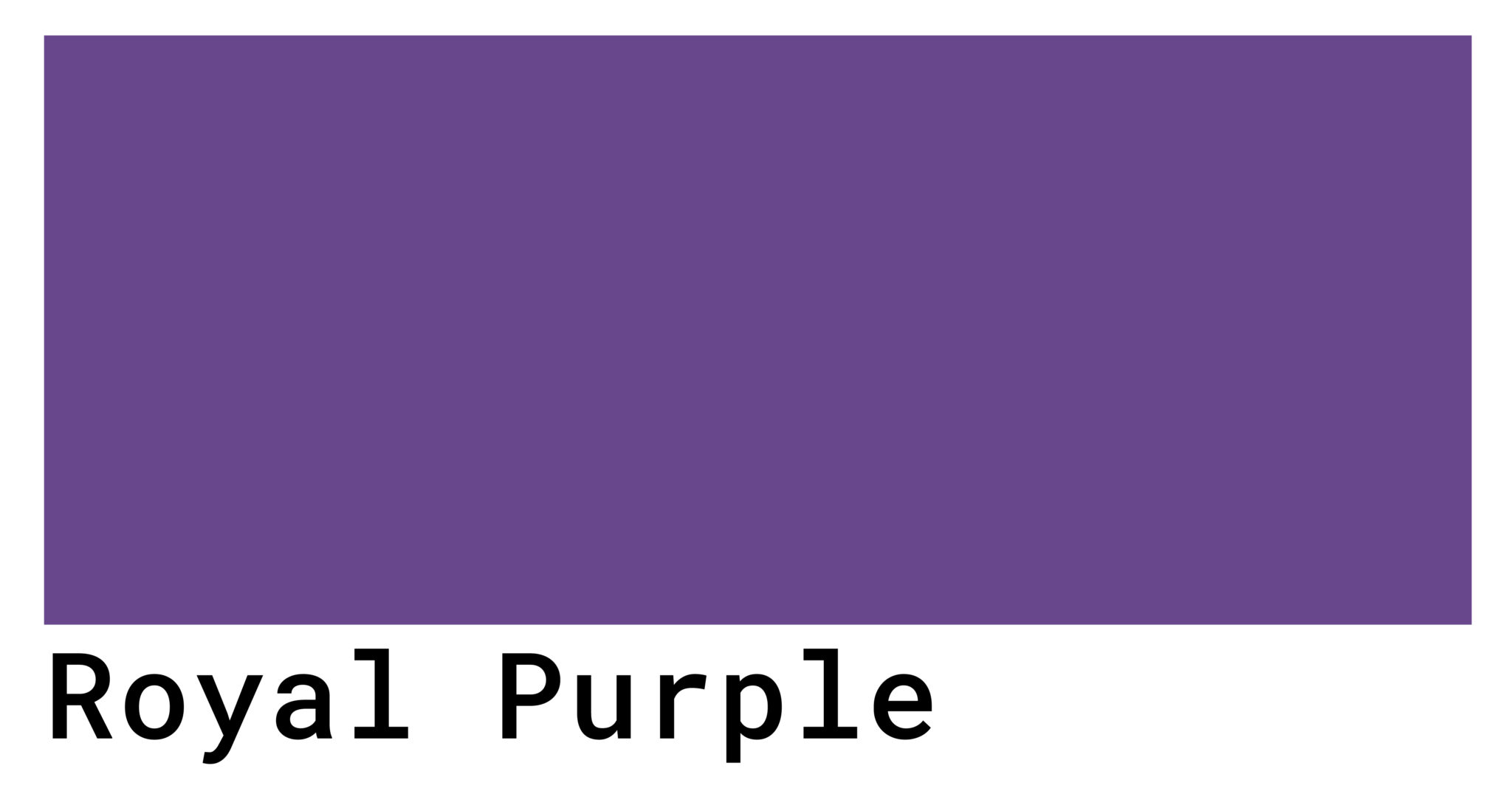
I will fix this for free, as good as I can.īut if you want you can pay me and watch how the quality will be further improved B). This is part of a citation from a 1827 (!) reference. > and great brilliancy, said to be as hard as the ruby or sapphire, > The amethyst is a gem of a violet colour, The article on amethyst (the mineral) isn't all that bad. Luckily they forgot to add boron as another "possible" cause. Of course you are right that the causes of color given are all known to be wrong since 1925. The article "Amethyst (color)" is about the color "amethyst", not the mineral, and it is marked as a stub. > here actually contribute to Wikipedia and I would > not when they put out this outdated BS!!! Some > Previously I had a high opinion of Wikipedia, but I finally googled Amethyst colours and this Despite the presence of Mn, this quartz is colorless/white, so there cannot be a simple direct correlation between quantity of Mn and color, which tends to support the idea that valence and/or coordination are a more likely cause.ĥth May 2010 00:18 UTC Amir C. It contains a fair amount of Mn, but I'd expect this given that the matrix is comprised of Mn-oxides. The only analysis that I have for quartz is for a piece from Merehead that we collected a few years back.

Again, nobody has tested this that I am aware of. Mn IV) which would suggest that the purple->brown change is due to oxidation, implying that the purple was due to either Mn II or Mn III. I would not be surprised to find that the same mechanism were responsible for this color as for the amethyst - perhaps "smoky" is caused by really minute MnO2 inclusions (e.g. Writhlington, Holwell Quarry) also produce "smoky quartz", where the colour is a brownish black rather than the normal/usual grey-black. A reasonable suggestion would be to say that it would likely be linked to the oxidation state of the Mn in some way.Ī number of the Mendip deposits (e.g. However, other pieces are relatively stable in color, so I would expect that there is more than one color-causing mechanism.
#AMETHYST COLOR SKIN#
Since it goes into the rock - rather than just being a surface skin effect - it must be a photosensitive response triggered by exposure to light when the rock is broken rather than by exposure to the air/oxygen. Whatever it is, it must be fairly reactive though - sometimes the colour change from purple can happen literally in front of your eyes, over the space of a few seconds. Perhaps I should have qualified the original post as "(per- ?) manganate". as I said, nobody has tested the Mendip material. Shaking off old ideas takes quite a bit of time and there are still books coming out with old information.Ĥth May 2010 20:08 UTC Rick Turner No idea. In the 30+ years since then, no dendrite that I know of has been proven to contain pyrolusite. In 1979, it was shown that no dendrite specimen tested by modern methods was pyrolusite, even as an impurity. Similarly, someone did a qualitative chemical test on black dendrites in the nineteenth century and found they contained manganese and concluded that the safest bet was that they contained the most common manganese ore mineral, pyrolusite. Before that, it was discovered that the color of rose quartz crystals was due to phosphorus. Rose quartz used to have its color attributed to manganese or titanium, but about 8 years ago, it was revealed that massive rose quartz had inclusions of a "dumortierite-like" mineral. Someone must have guessed that manganese made amethyst purple and that explanation still keeps showing up. Recent Images in Discussionsģ0th Apr 2010 19:34 UTC Van King Manager There are a lot of urban legends that circulate. Currier Digital LibraryOpen discussion area.

Techniques for CollectorsOpen discussion area. Minerals and MuseumsOpen discussion area. Mineralogical ClassificationOpen discussion area. Lost and Stolen SpecimensOpen discussion area. ╳Discussions 💬 Home 🔎 Search 📅 Latest Groups EducationOpen discussion area.


 0 kommentar(er)
0 kommentar(er)
